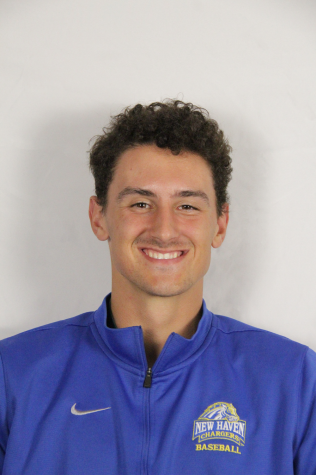College students should get vaccine sooner rather than later
As of March 22, over 10 percent of the U.S. population has received all doses of the COVID-19 vaccine. Many states have faced difficulties in fulfilling distribution plans and having a completely efficient rollout. In contrast, Connecticut has had a relatively smooth vaccine rollout.
The state was moving through Phase 1c, with vaccine availability expanding to educators, childcare providers and individuals above 55. Adults 65 and older, and residents or staff of select congregate living settings should have already received their vaccines. Noticeably absent from the congregate living criteria were college dorms. The state made the decision on Feb. 22 that the new plan would be solely based on age, interrupting the Phase 1c plan. Now, any adult above 45 is able to register to get their vaccine.
Other states have largely finished their Phase 1b and are beginning to move into their next set of vaccinations. However, the final path forward remains largely unclear as states, such as Connecticut, are still shifting their approach.
The Center for Disease Control and Prevention (CDC) made recommendations for distribution plans to “decrease death and serious disease as much as possible.” Their plan calls for healthcare personnel and long-term care facility residents to be in group 1a because of their potential exposure to the virus and the likelihood of being a super-spreading epicenter.
This plan hasn’t been met with much resistance, as many recognize that those who face a greater chance of health complications should be protected first. However, how the vaccine should be distributed after that is the challenge that faces each state government.
“Keep it simple, stupid,” Connecticut Gov. Ned Lamont said of the vaccination plan. “Complications result from states that try to finely slice the salami and it got very complicated to administer.”
This follows a trend: the pathway to a vaccine has been widely overlooked for college students across the country.
The new Connecticut plan would make all residents above the age of 16 eligible starting April 1.
It would be wise for state governments to follow Connecticut in having college students higher on their prioritization list for the vaccine. This is especially the case after the fall semester showed a correlation between on-campus cases with community cases.
College campuses can be a dangerous breeding ground for COVID-19. It is harder for students living in the dorms to remain completely protected from the virus, making the risk of spread much greater. This was evident at the University of New Haven, where all of the Winchester Hall community was placed into quarantine after a spike in cases.
While the decision from the university’s officials mitigated the spread, it is possible that a student could unknowingly spread the virus beyond the university community, having a far-reaching impact that could increase cases in the greater community.
45.6% of New Haven students are from out-of-state and 12.1% from foreign countries, according to the university’s statistics. Despite students being largely discouraged from leaving campus and traveling home, there is little stopping them. This puts students at risk of spreading it within the university campus community and their homes.
With approximately 19.6 million college students in the U.S., the risk applies to them all. It is critical to consider the importance of vaccinating college students early to prevent potential spreading. Instead, college students remain at the bottom of the list, further pushing the threat of major spread.
A study released on Feb. 3 found that Americans between 20 and 49 years old contributed more than 70% of the coronavirus spread in the last year. Letting the virus run through these ages by not vaccinating them could affect much of the country.
“Now we can set aside, perhaps, a larger percentage of the vaccines for older Americans, but I think we need to start getting the vaccine out into younger people,” said Dr. Jonathan Reiner, a professor of medicine at George Washington University. “The younger people are the people who are spreading the virus.”




